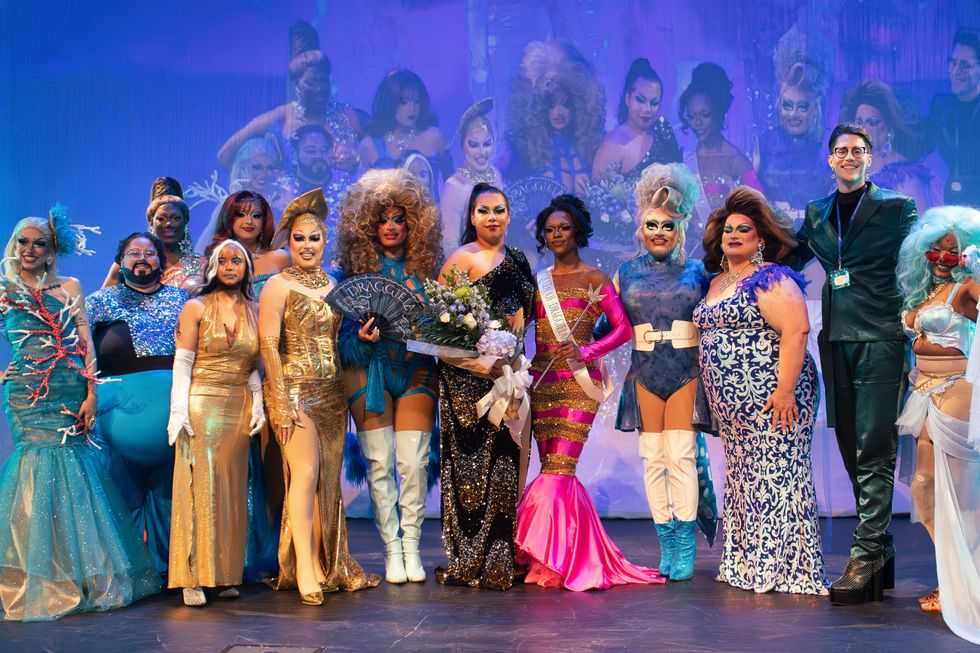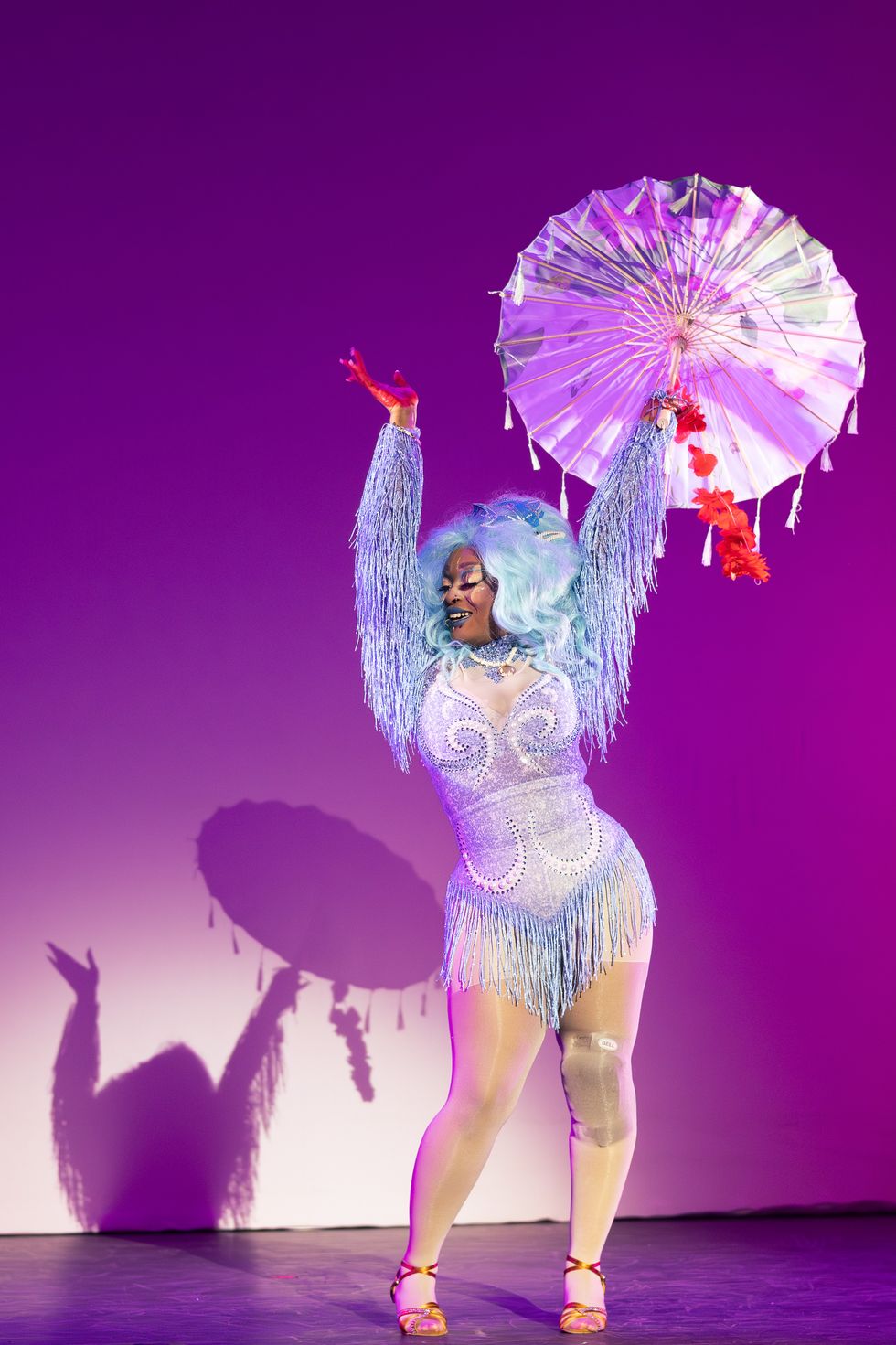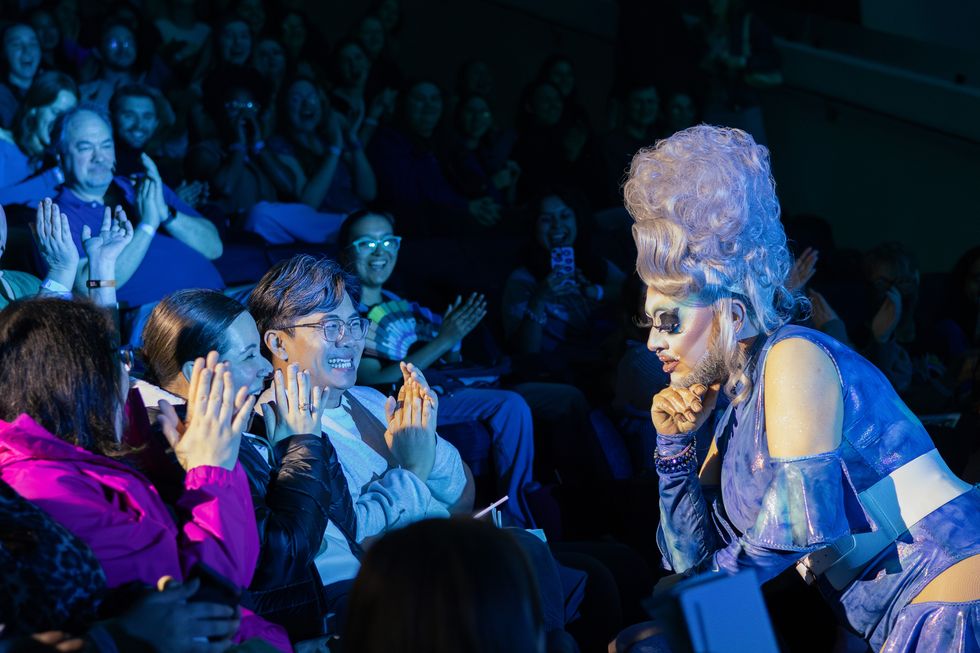A FEW WEEKS AGO WHILE DUSTING THE BOOKSHELVES IN MY LIVING ROOM, I stopped to browse through the authors in my book collection. As I looked at the names of the writers whose work I have enjoyed over the years, I saw something I’d never noticed: a majority of my books were written by white people. This was true for my nonfiction books about civil rights, and not a single novel I owned was written by a person of color. Only one book stood out that provided the voice of a person of color: bell hooks’ “All About Love.”
I am a Latinx woman raised in a household that did not teach me about my Mexican heritage. When my father immigrated to the U.S. and married my white mother over 30 years ago, acceptance and representation of other cultures were not generally welcomed. So my father banned speaking Spanish in our home, and I was trained to be a good, proud, white American.
This particular upbringing is reflected in the books I have acquired throughout the years. I began to have a deeper awareness of the racial and ethnic background of the authors I read after I was introduced to Angela Maria Spring. In February, Spring debuted her first pop-up bookstore, Duende District, in Washington, D.C., with one goal in mind: feature only authors who are people of color.
[quote position="left" is_quote="true"]You end up bearing the weight of your entire culture in your writing because so few of our voices and stories are actually published.[/quote]
“People of color don't see themselves or their stories reflected in stories or bookstore shelves. POC authors have huge difficulty trying to be published because publishers reach their quota of black stories, or Latino stories, etc.,” says Spring. Her experiences as a writer, she says, have led to her feeling “enormous pressure to be the best Latino poet or writer, and you end up bearing the weight of your entire culture in your writing because so few of our voices and stories are actually published. Then, add on to that, you have to represent what white culture expects your culture to be.”
Spring, 35, is of Panamanian and Puerto Rican descent, with a background in writing and the book business. She earned her MFA in poetry from Sarah Lawrence College and has spent more than a decade learning the ins and outs of the book business. In the beginning of her career, she worked for Books of Wonder, a popular children’s bookstore, and later for McNally Jackson in New York City. She later found herself at the popular D.C.-based Politics & Prose, which prides itself on featuring authors who are people of color.
For nearly six years, Spring served as sales floor manager and display coordinator at Politics & Prose. Despite working for one of the most popular and diverse bookstores in the city, she felt like she could do more to showcase the voices of marginalized authors. This is where the idea to open Duende District came to life. More importantly, Spring wanted her pop-up bookstore to serve communities that are book deserts. In particular, she wanted to create a bookstore that offers books where characters look like the people in the community and where history fully includes their point of view.
“The lack of truly multicultural representation harms every corner of this country. We have stories to tell about us living our lives every day beyond our oppression,” says Spring. “Yes, our oppression exists, but we will never stop being oppressed if that's the only mainstream view that exists. We are people, we live lives, we have stories that matter that aren't just us struggling to survive.”
Spring says a wonderful example of such a story is Pulitzer-Prize-winning African-American poet Tracy K. Smith's 2015 memoir, “Ordinary Life.” “But you basically have to be our next U.S. Poet Laureate to get these kinds of stories published as a person of color,” says Spring.
Spring is just one of many women of color who have opened bookstores specifically to get the stories of people of color out in the open.
Pamela Blair, owner of children’s bookstore EyeSeeMe in St. Louis, Missouri, was originally inspired to seek out books for her children when she home-schooled them. “It was a struggle finding African-American and black history books, and I couldn’t find books that had characters that kind of mirrored their lives or looked like my children,” says Blair. “What we did find we shared with our friends and family and the children of our friends, and families loved the concept that their kids were able to see images of kids that looked like them.”
[quote position="full" is_quote="true"]We are people, we live lives, we have stories that matter that aren't just us struggling to survive.[/quote]
For the developmental stages of childhood, experts say having access to books where the characters look like the children reading them plays an important part in learning. A recent survey of 2,000 schools found that 90% of teachers believed their students would be more apt to read if they had books that reflected their own lives. But research by the Cooperative Children's Book Center at the University of Wisconsin, Madison's Education School found that only 22% of children’s books published in 2016 were about children of color.
When Blair opened EyeSeeMe, she knew she could make a positive imprint on the lives of children, but she didn’t expect how much of an impact her store would have. “I knew it would make a difference for the children, but to see children sit down and want to open up every book and want to never leave, that’s really special,” she says.
But part of the problem with the lack of diversity in bookstores, according to Spring and Blair, is not that people of color aren’t writing books, but that the publishing world is predominantly white.
In 2012, bestselling author Roxane Gay crunched the numbers and found that of the 742 books reviewed by The New York Times in 2011, 90% of the authors were white.
And in 2016, multicultural children’s publisher Lee & Low Books conducted a survey of 34 American publishers, including Penguin, Random House, and Hachette, and found that 79% of those who worked in publishing self-identified as white.
[quote position="right" is_quote="true"]Particularly in the Bronx and in this political climate, we need safe spaces. We need places where we can communicate and connect with each other.[/quote]
“Publishers need to reach out to writers like myself, who have three or four books out, and ask if they can pay us to be an editor on the side for some diversity just in the publishing and editing world,” says Erika Wurth, a Native American author and professor at Western Illinois University, “When I sent my last book out, it went out to 100% male white editors, and they were all like, ‘This is so dark and so sad and I feel guilty.’”
Wurth believes that had at least three people of color reviewed her book, it would have gotten picked up. She says that white people in the book industry are “so used to that narrative about a native person who has been really oppressed, gets out, and gets the happy ending.” Or adds Wurth, “Often times the good guy is the white guy who is saving the main character who is a person of color. You see it again and again, where the ethnic family is oppressing them and the white institution or white school is going to save them, and I’m really tired of that story.”
Outside of opening independent bookstores, women of color are also leading the way behind the scenes to push for more diversity on the bookseller side. In February, the American Booksellers Association created a diversity task force mostly made up of women of color. The task force will focus on providing tools and education for all member bookstores to recruit and train a more diverse staff and properly stock and display more diverse books.
Spring will serve on that task force, along with Noelle Santos, an Afro-Latina. Santos decided to open The Lit. Bar in the Bronx after Barnes & Nobles closed down, leaving the neighborhood without any bookstores. When The Lit. Bar opens, it will be the only bookstore in the borough.
“I never dreamed that I would be a bookseller,” says Santos. A human resources professional, she believed she would move up the corporate ladder. But when she realized her neighborhood would be left without a place to congregate or to consume and buy literature, she realized she needed to take action. Last year, she put a proposal together and won second place in the New York Public Library’s New York StartUP! Business Plan Competition, which came with a prize of $7,500. Through crowdfunding, she has raised an additional $39,000 for the endeavor.
[quote position="left" is_quote="true"]The special joy that lights up the faces of people of color when they realize this store is for them ... is what matters beyond anything else.[/quote]
“As an avid reader, I wanted to make it something that was more accessible than the Barnes & Noble,” she says. “It could take up to 50 minutes to get there by public transportation.”
The Lit. Bar will serve as more than a place to buy books, but also as a community center, according to Santos. “Particularly in the Bronx and in this political climate, we need safe spaces. We need places where we can communicate and connect with each other,” she says.
Through exposure to literature, Santos believes empathy can be fostered. “A lot of what I have achieved in life comes from books and being inspired by other people’s stories and reading characters that are not like me, but I [saw] myself in them,” she says. “So when I grew up, I didn’t feel different from people who had more privilege than me. It was like a window to a whole new world.”
Indeed, it appears that grassroots movements will be the leading force in ensuring people have access to the stories of people of color.
Kaya Thomas a self-professed “nerdy black girl” and student at Dartmouth College, created We Read Too, a mobile app that lists over 600 books by writers of color. So far, over 15,000 iPhone users have downloaded the app, and Thomas has raised $15,000 on IndieGoGo to improve the user interface.
Or there’s Ariell R. Johnson, who became the first African-American woman to own a comic book shop on the East Coast when she opened Amalgam Comics & Coffeehouse in Philadelphia last year. Johnson makes it a priority to carry comics and graphic novels written by and for women and people of color.
And there are other initiatives, like We Need Diverse Books, whose mission statement is to put “more books featuring diverse characters into the hands of all children.”
More importantly, there appears to be enough support for these initiatives and bookstores to exist and thrive. Spring believes the publishing world is leaving millions of dollars on the table by not hiring more people of color for high-ranking editorial positions and publishing more authors of color.
“People who love books, people who love bookstores and believe in the power of literature, they know it's a great thing and they support it,” says Spring. “But the special joy that lights up the faces of people of color when they realize this store is for them and by people like them, carrying books that celebrate all of us, is what matters beyond anything else.”















 Let us all bow before Gary, the Internet's most adventurous feline. Photo credit: James Eastham
Let us all bow before Gary, the Internet's most adventurous feline. Photo credit: James Eastham Gary the Cat enjoys some paddling. Photo credit: James Eastham
Gary the Cat enjoys some paddling. Photo credit: James Eastham James and Gary chat with Ryan Reed and Tony Photo credit: Ryan Reed
James and Gary chat with Ryan Reed and Tony Photo credit: Ryan Reed


 Rock deterioration has damaged some of the inscriptions, but they remain visible. Renan Rodrigues Chandu and Pedro Arcanjo José Feitosa, and the Casa Grande boys
Rock deterioration has damaged some of the inscriptions, but they remain visible. Renan Rodrigues Chandu and Pedro Arcanjo José Feitosa, and the Casa Grande boys The Serrote do Letreiro site continues to provide rich insights into ancient life.
The Serrote do Letreiro site continues to provide rich insights into ancient life.

 The contestants and hosts of Draggieland 2025Faith Cooper
The contestants and hosts of Draggieland 2025Faith Cooper Dulce Gabbana performs at Draggieland 2025.Faith Cooper
Dulce Gabbana performs at Draggieland 2025.Faith Cooper Melaka Mystika, guest host of Texas A&M's Draggieland, entertains the crowd
Faith Cooper
Melaka Mystika, guest host of Texas A&M's Draggieland, entertains the crowd
Faith Cooper


